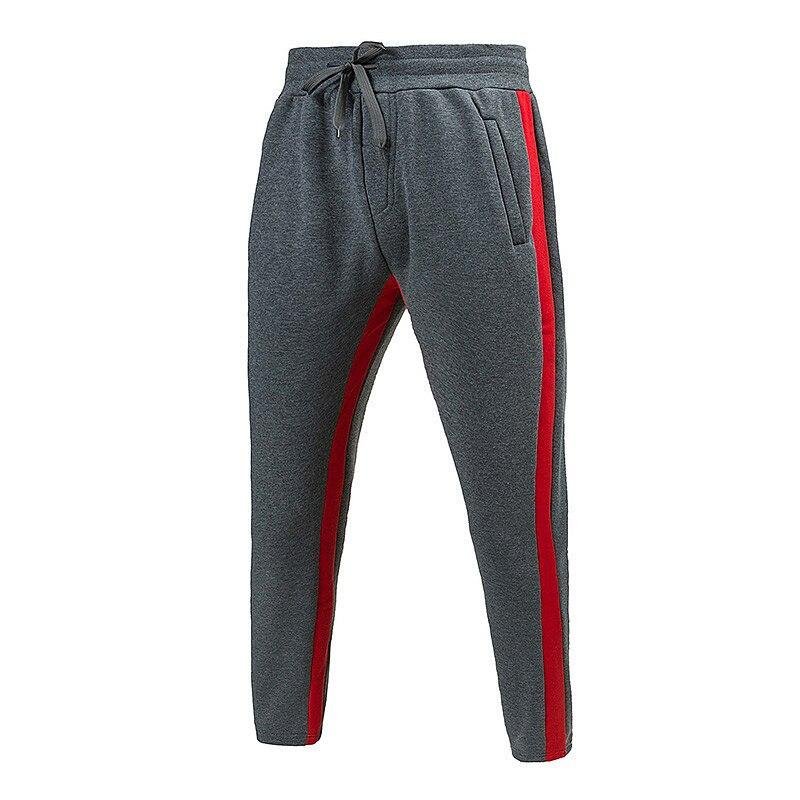Tag: fashion, clothing industry, trend
Fashion has always been a reflection of society’s culture and values. Over the years, we have seen its evolution from simple functional garments to an ever-changing form of self-expression. The impact of fashion on our lives goes beyond just wearing clothes; it has shaped industries and economies around the world.
The history of fashion can be traced back to ancient civilizations where clothing was solely used for protection against harsh weather conditions. However, as human societies progressed, so did their sense of style. From the elaborate robes worn by royalty in ancient Egypt to the corsets and hoop skirts popularized during the Victorian era, each period had its unique fashion trends that reflected its social norms and beliefs.
Fast forward to today’s modern world where fashion is no longer limited to certain elites but accessible to everyone regardless of social status or income level. This democratization of style has been made possible by advancements in technology and global trade which have made information and products readily available at our fingertips.
One major factor that drives changes in fashion is consumer demand. With easy access to media platforms such as magazines, television shows, blogs, and social media influencers, consumers are constantly bombarded with new trends that create a desire for change in their wardrobe. As a result, retailers must stay ahead of these trends by producing new collections every season while also keeping up with fast-fashion brands that produce affordable styles at lightning speed.
However, this constant cycle of consumption comes at a cost – not only financially but also environmentally. The rise in production means an increase in waste generated through discarded clothing items which end up polluting our landfills or oceans. Fortunately, there is now more awareness about sustainable practices within the fashion industry as consumers become more conscious about making ethical choices when purchasing clothes.
Moreover, diversity has also played a significant role in shaping today’s fashion industry. The inclusion of different body types, ethnicities, and genders has resulted in a more diverse range of clothing options. This has also led to the rise of niche markets catering to specific demographics such as plus-size fashion or modest wear.
In conclusion, fashion is an ever-evolving entity that reflects our society’s values and desires. As consumers, we have the power to shape the future of the fashion industry by making conscious choices about what we wear and supporting brands that align with our beliefs. With sustainability and diversity at its forefront, the future looks bright for the world of fashion.

